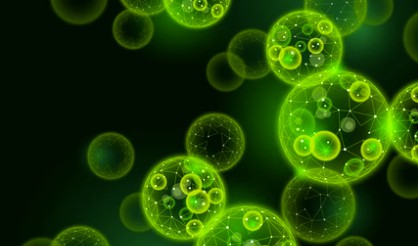 MEET US AT PLANT BIOLOGY 2024 June 22-26, 2024 Honolulu, Hl #309Learn More
MEET US AT PLANT BIOLOGY 2024 June 22-26, 2024 Honolulu, Hl #309Learn More
The growth of plant cells is often affected by various factors, which in turn affect the yield and quality of secondary metabolites produced by them. These factors include environmental factors and nutritional factors. By adjusting these factors, plant cells are in the most suitable growth state for producing secondary metabolites, which is beneficial to improve the yield and quality of secondary metabolites.

The process of plant cells producing secondary metabolites is affected by many factors. In order to increase the yield of secondary metabolites, it is first necessary to select and use excellent plant cell lines to ensure that the medium and culture conditions for plant cell culture meet the requirements of plant cell growth and metabolism. It can also be regulated by the precursor substances of secondary metabolites, adding some inducers, and can also be regulated at the gene level and enzyme activity level. In this experiment, the effect of the pH of the experimental medium and different hormone concentrations on the synthesis of pigments in the cultured cells of Arnebia erchroma was used.
| Hormone (mg/L) | KT (mg/L) | BAP (mg/L) | |||||||
| 0.0 | 0.1 | 0.5 | 1.2 | 2.0 | 0.1 | 0.5 | 1.2 | 2.0 | |
| 2,4-D (0.2) | |||||||||
| NAA (0.2) | |||||||||
| IAA (0.2) | |||||||||
| IBA (0.2) | |||||||||
3. Preparation of inoculation material: The vigorously growing callus was inserted into the growth medium supplemented with 0.2 mg/L IAA+0.5 mg/L KT, and cultured for 3 generations (14 days per generation), then it could be used as inoculation material.
4. Inoculate the callus tissue into different media: the inoculum amount is 8 g fresh weight/bottle. Each 250 mL Erlenmeyer flask was filled with 70 mL of production medium, and the suspension culture was carried out at 25 oC in the dark, and the shaker speed was 110 r/min.
5. Harvest the culture and conduct component analysis: After culturing in the production medium for 23 days, filter it with a 40-mesh sieve, collect fresh cells, and weigh the fresh weight. Cells were dried at 60 oC to constant weight, crushed, and weighed dry. The pigment was extracted with methanol, and the amount was determined by spectrophotometry.